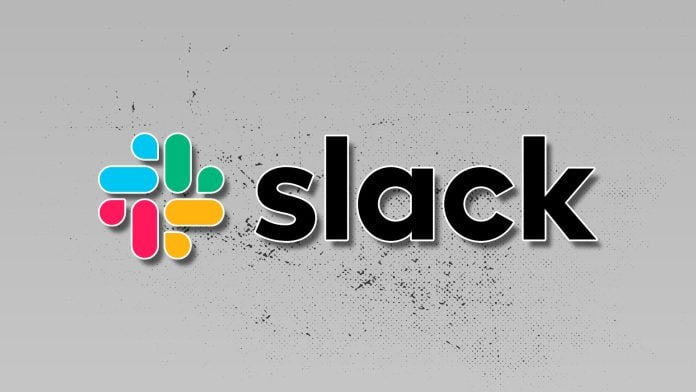In a significant shift towards enhancing workplace efficiency, Slack has unveiled a series of AI-driven innovations aimed at streamlining operations for small businesses. Announced at Dreamforce, these changes promise to make Slack the primary interface for Salesforce, integrating customer relationship management (CRM) data with conversational workflows. This new paradigm could revolutionize how small business owners interact with their sales, IT, and HR functions, promising a boost in productivity and faster decision-making.
Across many industries, fragmented communication and cumbersome processes hinder productivity. Slack’s updated model seeks to resolve these challenges by embedding AI capabilities within its platform, allowing teams to communicate with their CRM data seamlessly. With features like the newly redesigned Slackbot and the intelligent Channel Expert, businesses can now obtain instant answers and automate various tasks, freeing employees to focus on strategic initiatives rather than mundane administrative work.
“For every company asking where their agents will live and how they’ll get context, Slack is the answer,” said Denise Dresser, CEO of Slack. “We’re giving every employee a trusted, unified home for AI and agents — transforming how work gets done.”
One of the standout offerings includes the integration of Salesforce’s Agentforce directly into Slack, which facilitates a conversational approach to customer interactions. This means that sales representatives can strategize and update records in real-time without the need for external forms or applications. For small businesses, this shift can simplify sales workflows, potentially allowing for quicker deal closures and enhanced customer relationship management.
Another important feature is the revamped IT and HR service capabilities that allow employees to seek help right within Slack. Common inquiries can be answered by AI agents, while more complex issues can be escalated to human resources or IT teams seamlessly, thus reducing response times and improving overall employee satisfaction.
Moreover, Slack now incorporates a Real-Time Search API and a Model Context Protocol allowing developers to build advanced tools directly within the Slack environment. This integration means that numerous third-party applications—such as those from OpenAI and Google—can reside within Slack, offering tools tailored for specific small business needs.
While the benefits are evident, small business owners should also consider potential challenges. The seamless integration of various tools and AI solutions may require an initial investment of time and resources. Training staff to effectively utilize these new systems could pose an additional hurdle, especially for businesses with limited technical expertise. Moreover, the reliance on AI for critical operations necessitates a careful assessment of data privacy and security protocols to safeguard sensitive customer information.
Despite these challenges, the potential for increased productivity and revenue growth cannot be overlooked. A study by BCG highlights that even a modest 30% boost in employee productivity can translate into a staggering 50% increase in top-line revenue. Additionally, global firms are projected to generate over $22 trillion from AI solutions by 2030, illustrating the significant economic potential lying ahead.
Mollie Bodensteiner, Senior Vice President of Operations at Salesforce customer Engine, remarked, “We’re building for scale, not just speed,” emphasizing how Slack and Salesforce provide the necessary framework to automate slow processes and support ongoing innovation.
As Slack embraces this modern, conversational approach to the workplace, it becomes increasingly appealing to small business owners eager to leverage AI capabilities for improvement in operational workflows. With AI as an integral part of daily tasks, the emphasis shifts from managing multiple systems to a more streamlined process where insights and actions flow naturally in conversation.
As businesses wrestle with the growing complexity of their digital environments, Slack is positioning itself as a key platform where everything—from data and apps to workflows—converges. For those eager to delve deeper into this transformative vision, the upcoming Dreamforce keynote promises to detail how Slack becomes the linchpin for future business operations.
For a closer look at these innovations, visit the original post at Slack’s blog.
Image Via BizSugar



